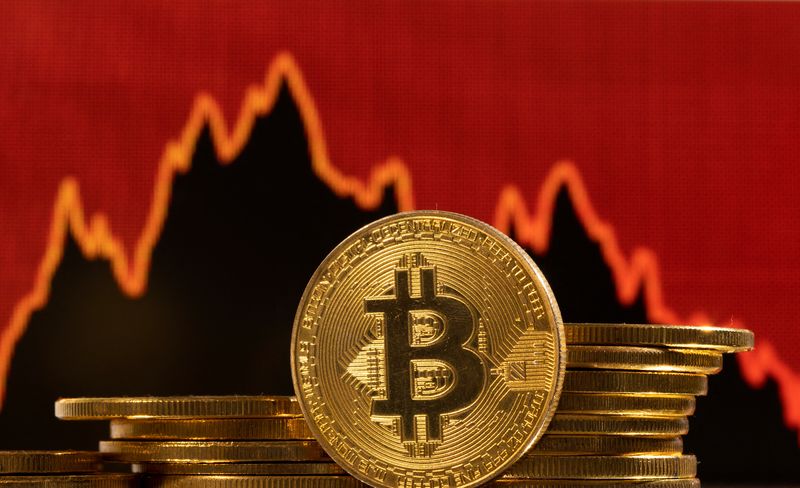
However, as per analysts at BCA Research, this volatility may not be a flaw but a unique feature that can enhance Bitcoin’s value in a diversified portfolio.
Rather than seeing volatility as inherently negative, BCA argues that Bitcoin’s high volatility can serve as an advantage when viewed through the right lens.
Historically, investors have shied away from Bitcoin because of its dramatic fluctuations. Over the years, the cryptocurrency has shown an average monthly volatility of 76.1%.
By comparison, traditional assets such as bonds have much lower volatility, at 5.4%. Bitcoin’s history includes multiple significant drawdowns, with two occasions where it lost more than 70% of its value.
For conservative investors, these numbers are alarming and often lead to the conclusion that Bitcoin is too risky to be considered a serious addition to any portfolio.
BCA Research argues that looking at Bitcoin or any other asset just by its volatility is misleading. What really counts is how an asset fits into the overall portfolio and influences its risk and return.
Focusing only on volatility misses the bigger picture of how the asset can add value in a diversified investment strategy.
A recent paper by AQR, which BCA Research applies to Bitcoin, reframes the issue of high volatility. Asness argues that high-volatility assets can be more capital-efficient than their lower-volatility counterparts.
Its because high-volatility assets like Bitcoin allow investors to achieve greater returns without committing a large portion of their portfolio to them. This frees up capital for other investments, enabling more flexible portfolio construction.
BCA Research illustrates this with a comparison between Bitcoin and a hypothetical low-volatility asset they call Boringcoin.
Both Bitcoin and Boringcoin share the same risk-adjusted return profile, with identical Sharpe ratios of 0.61, meaning that on a risk-adjusted basis, both assets perform equally well. However, where they differ is in their volatility.
Boringcoin has the same volatility as bonds, 5.4%, far lower than Bitcoin. In practical terms, this means that investors would need to allocate more capital to Boringcoin to achieve the same portfolio returns they would get from a smaller allocation to Bitcoin.
The difference becomes obvious when looking at a portfolio targeting 10% annual volatility. With Bitcoin, only 8% of the portfolio needs to be invested to hit the ideal balance of risk and return.
“For the portfolio using Boringcoin, there is a large gap between the unconstrained and constrained versions, as the portfolio with Boringcoin would need to be leveraged by over 100% to fully maximize the expected returns per unit of risk from the assets in it, the analysts said.”
To further this point, BCA Research ran portfolio optimizations that compared traditional stock-and-bond portfolios with those that included Bitcoin and Boringcoin.
Bitcoin’s high volatility allows it to deliver strong returns with a relatively small allocation, freeing up capital for other assets. In a well-constructed portfolio, Bitcoin’s volatility becomes a tool for maximizing capital efficiency rather than a source of risk to be avoided.
High-volatility assets like Bitcoin help achieve better returns per unit of risk, something more conservative assets like Boringcoin cannot match without leverage.
However, handling a volatile asset like Bitcoin in the real world comes with challenges beyond what portfolio theory suggests.
BCA Research points out that human emotions can complicate things. Managing money for clients isn’t just about numbers; it involves dealing with how people react to market swings. In reality, investors may struggle with Bitcoin’s sharp ups and downs, especially during big drops.
While Bitcoin saw losses of over 70% at times, Boringcoin, with its lower volatility, only dropped by 7% in the same period. This emotional challenge makes it harder for investors to stick with high-volatility strategies, even if they offer better returns in theory.
In fact, BCA makes a compelling comparison between Bitcoin and Boringcoin’s price charts. Boringcoin, with its smoother trajectory, would be far easier to sell to a board of conservative investors than Bitcoin, which resembles a financial rollercoaster.
Even though Bitcoin might offer higher returns in the long run, the emotional burden of holding onto it through steep drawdowns could lead to premature selling, negating its benefits.
To read the full article, Click Here
